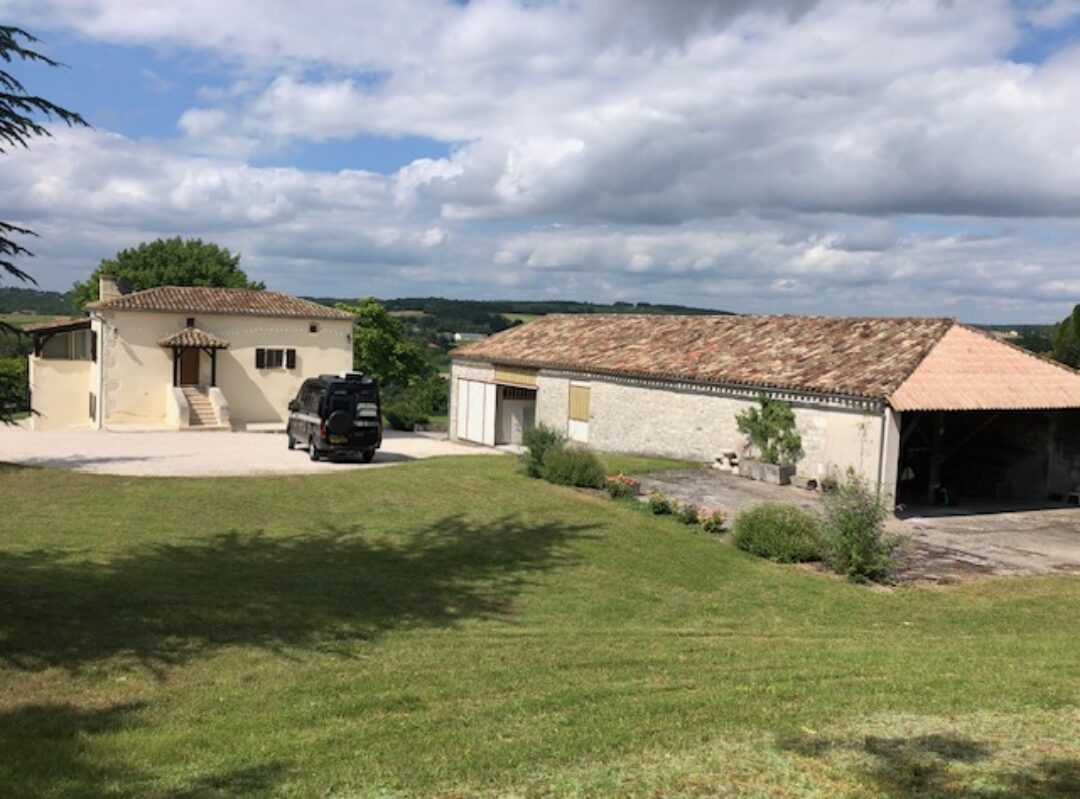Fortified by lunch and a glass of wine I headed off to find out about the porcelain that Limoges is world famous for, and the place to do that is the Musée national Adrien Dubouché which houses the most extensive public collection of Limoges porcelain in the world. The current museum dates back to the mid-19th century and apparently came about following some less than flattering comments at that time about the poor display, in the local museum or gallery, of artefacts on which the city’s reputation was based. The archeological and historical society of the Limousin appointed Adrien Dubouché, an art lover, collector and patron, to oversee the creation of a new museum and a number of the original exhibits were donated by him. (Some of my TW Francophiles friends might be interested to know that the founding society was headed by Tiburce Morisot, father of impressionist painter Berthe Morisot whose exhibition we saw in Paris – in the days when you could go there for the day!) There are several mentions in the museum of where Limoges has been ‘behind the curve’ and the museum today stays steadfastly true to French traditions, closing for two hours at lunchtime and with no modern concessions such as a café for thirsty visitors!

The building in which the museum is housed is very attractive in Italian style, decorated with sgraffiti and pieces of porcelain and the original Art Nouveau interior has been retained. The museum originally housed paintings and sculpture as well as porcelain, but today it is dedicated to porcelain. Limoges owes its reputation for porcelain to the discovery in the mid 18th century of kaolin, soft white clay suitable for making porcelain, in the nearby Saint-Yrieix-la-Perche region. Kaolin was an essential ingredient for making hard-paste porcelain, which is fired at high temperatures and gives a finish that is ideal for decoration. Small-production porcelain factories opened in the surrounding area and by about 1840 Limoges had replaced Paris as the main centre for porcelain. The purchase of one of the local factories by King Louis XIV to make porcelain items for his court cemented Limoges porcelain’s reputation.
The first part of the exhibition gives an interesting explanation of the history and different techniques of porcelain manufacture from mixing the ‘paste’ through to decoration and glazing. Apparently in the mid-19th century nearly half of the porcelain made in Limoges was left plain white and sent to Paris to be decorated. It’s also interesting to see the various modern-day uses of porcelain, from telecoms to medical protheses.
The subsequent galleries present an extensive display of various types of porcelain through the ages from Chinese, Japanese, Italian, German and other famous French names such as Sèvres porcelain. The galleries display items from the Art Nouveau / Art Deco eras and right up to the modern day. An entire wing is given over to Limoges porcelain, again right up to the modern day. As when visiting other art galleries, it’s hard to take in so many items on display without them merging into a blur, so I found I needed to focus on a few pieces that caught my eye, rather than every one. It was also frustrating to find that the labels for all of the items displayed were at ankle level and in small print (so as not to detract from the display perhaps) meaning a long bend down, which I gave up on very quickly. That said, I’m sure this is a place that merits several visits.
In late September/October each year Limoges hosts a Toques et Porcelaine festival where haute cuisine v,and fine porcelain come together. In the past the museum has hosted events where tables, adorned with the best Limoges dinnerware, are set out in the galleries between the display cabinets for an evening of fine dining. That must be a sight to behold.
So I would definitely recommend a visit to Limoges. It’s a charming city that doesn’t feel tourIsty and the scale of the city makes it ‘do-able’ in one or two days.










Fascinating couple of posts about Limoges. I think they must have done an excellent restoration job on the town centre buildings because when I visited it back in the 80s I think I don’t remember it being attractive at all. However, my memories of the town might be influenced by the fact that while we were there we got caught up in a workers’ demonstration which the police dispersed using tear gas – not a pleasant experience at all! The station sounds lovely and your description reminded me very much of the station at Dunedin on the South Island of NZ which is also an Art Deco historic monument beautifully restored. I think it was probably inspired by the stations of France, many of which like Limoges are architectural gems in their own right like of course the Musee d’Orsay. Interesting link with Berthe Morisot.
I hope Joe enjoyed the race in Normandy. Very much a trip for the boys so I’m not surprised you chose to do something different. At least you’ll both have new experiences to share.
All the best. Keep the posts coming. We do talk about them at Francophiles and there is considerable interest.
Jill
I can imagine that tear gas would somewhat dampen your impression of a place Jill and it does sound like they’ve done some work to enhance Limoges. I agree about stations, not just in France but worldwide. The architectural era in which many of them were built (and post offices as well) has left us with some beautiful buildings. Joe had a great time in Normandy thanks – definitely a weekend for boys only. Do give my best to everyone at Francophiles. Claire x